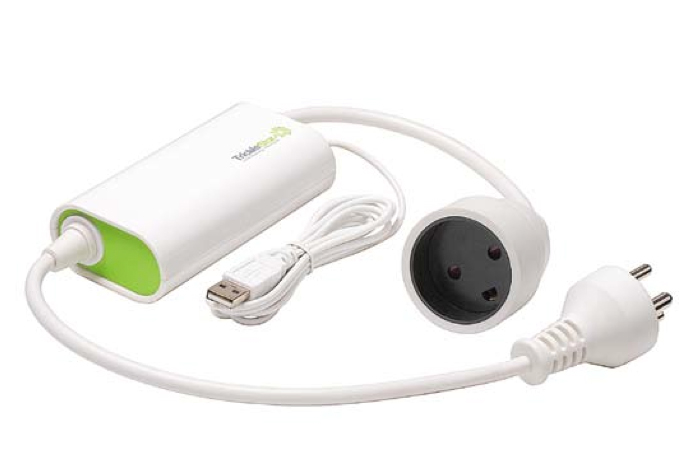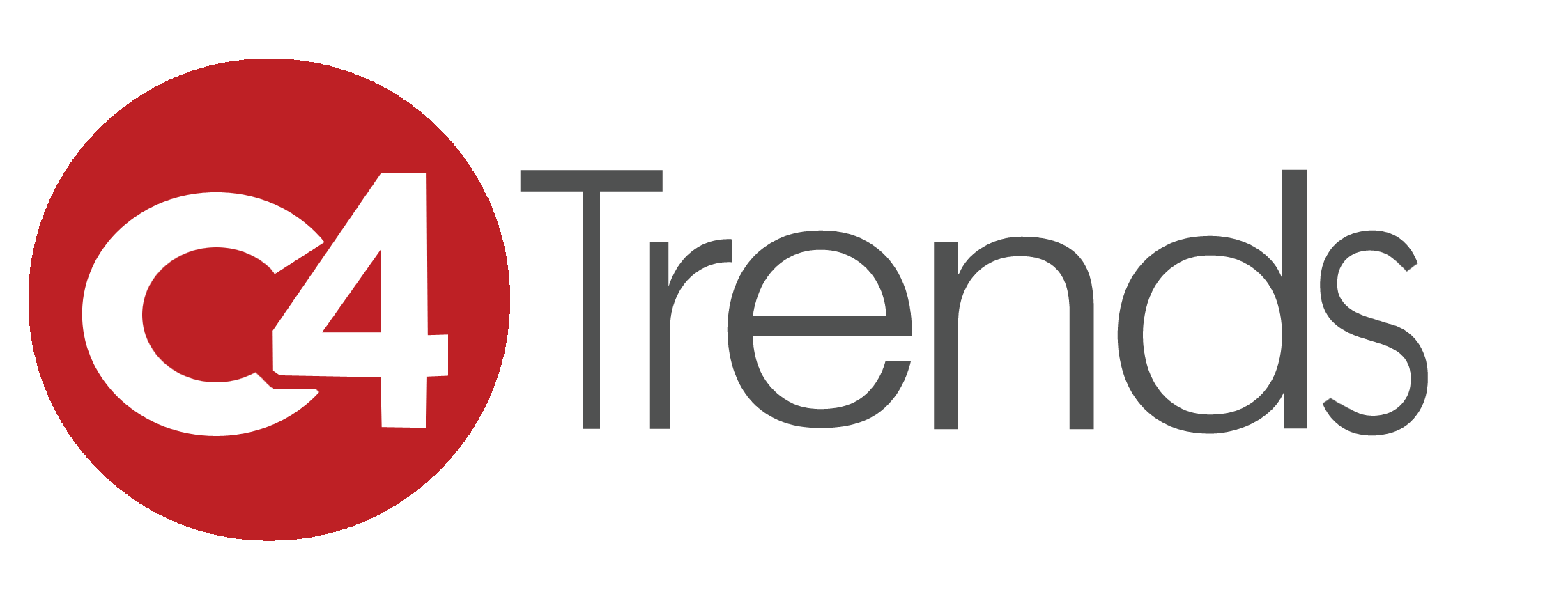 Today, green is the new black. This trend is of significance to the consumer technology industry on a domestic and international basis. Consumer electronics are expected to consume 15 percent of the household power of a world-wide basis today and to triple over the next two decades, according to the International Energy Agency.
Today, green is the new black. This trend is of significance to the consumer technology industry on a domestic and international basis. Consumer electronics are expected to consume 15 percent of the household power of a world-wide basis today and to triple over the next two decades, according to the International Energy Agency.
Since we live in an always-on, plugged- in, connected world—CE products have become a critical part of the green conversation that also includes clean tech, renew- able energy and the smart energy grid.
The fastest-growing source of power demand is related to the proliferation of PCs, iPods, cell phones, game consoles and TVs. Americans now have about 25 CE products in every household according to CEA Market Research.
To a certain extent the green issue can seem overwhelming or out of reach, particularly in today’s economic climate. While CEA’s study Going Green: An Examination of the Trend and What it Means to Consumers and the CE Industry, found that about 57 percent of consumers say that environ- mentally friendly attributes will factor into their next CE purchase decision—and while 90 percent of consumer say they want green products -actual purchasing remains modest. In the U.S., CEA found that if a green product costs more – consumers are delaying the purchase or buying whatever they can afford.
During my travels in the U.S. and Europe, several green products caught my attention. An example of ingenuity comes from a company called Aqua Power System. At a European confab, it demonstrated its NoPoPo (No Pollution Power) water- powered battery for use with low-voltage applications like a flashlight. Water, soda or virtually any liquid acts as the electrical conductor—and this battery can be recharged four or five times, according to the company. It also demonstrated a com- pact and modular power generator system based on the same technology that can scale-up—and the hurricane heartland of the U.S. is among its marketing targets.
Another company, Efergy, showcased a complete line of attractive green house- hold devices. One that caught my eye was a small battery-powered shower timer and alarm that enables a person to monitor the amount of water used when taking a shower. The consumer sets their own target and the alarm will sound when the targeted volume of water is used. This might be useful in homes and communities where the water bills really matter.
The PC TrickleSaver provides simple automation to reduce wasteful standby energy consumption. With PC peripherals, it senses when a PC is on or off. When on, the TrickleSaver switches on all PC peripherals and when off, it turns the peripherals off. It also works with existing power-strips.
The Challenge Ahead
Part of the green challenge for the CE industry is that many gadgets cannot entirely be turned off. Even when not in use, they draw electricity while they await a signal from a remote control or wait to record a television program.
While there is a role for government efforts to promote innovation and adop- tion—the CE industry is among the most creative and innovative industry segments in the world. Short of government interven- tion, alternative routes need to be explored and implemented aggressively so as not to impede the innovation and vibrancy of this dynamic industry. The industry has a responsibility to help educate consumers and to deliver eco-efficient products and devices at a justifiable price. The industry needs to do more to enable consumers to become proactive and realize that they can not only help save the planet but also get an ROI.
Perhaps the brightest news comes from an EnviroMedia 2009 study that found that 18-34 year olds are twice as likely to buy green than their parents. Now that’s a sign that the consumer base for green is ever widening and is on a trajectory for going mainstream.
E-mail comments to: . susan@c4trends.com
